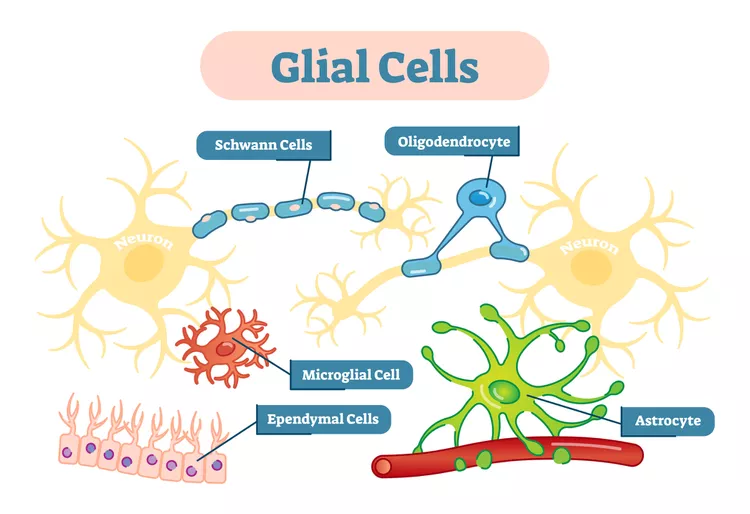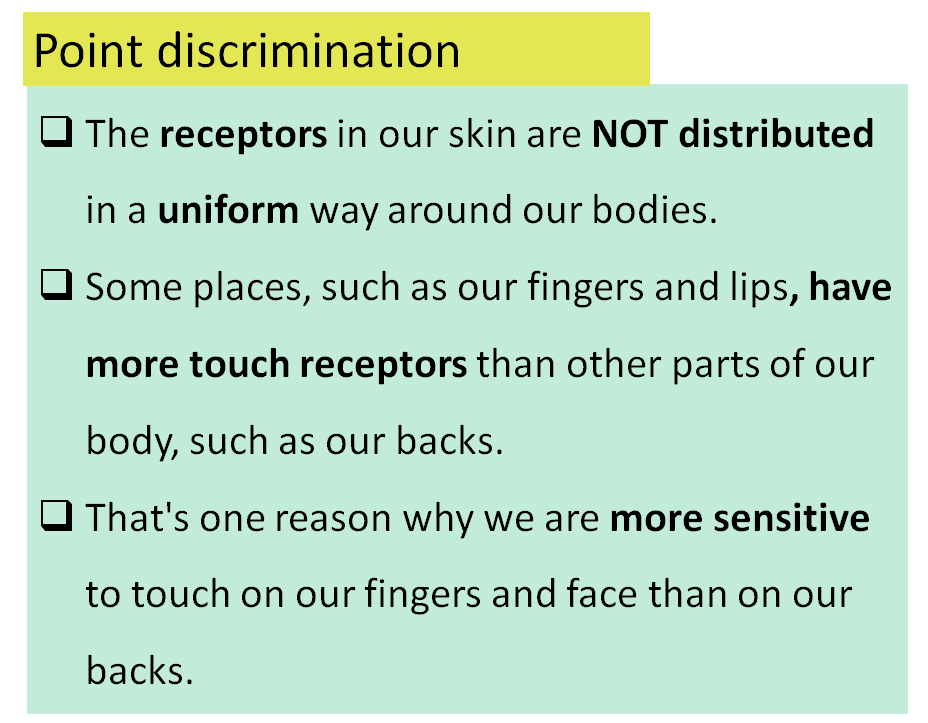- Interaction process
- Systems and organs involved in interaction
- The neuron
- The nervous system
- The central nervous system (CNS)
- The peripheral nervous system (PNS)
- Somatic nervous system
- f
- Interaction process
1. Interaction process
The interaction function allows the exchange of information between a living thing and its environment. Response to stimuli is essential for the survival and the integrity of the living thing.
The interaction process consists of several processes:
stimulus- receptor – coordination centre – Effector response
2. Systems and organs involved in interaction function.

Path from stimulus to response

Excercise: explain the path from stimulus to response using the following words:
- Effector
- Receptor
- Stimuli
- Response
- Nerves – neuron
- Brain
3. Nervous tissue. The neuron
Nervous tissue is made yup of two types of cells: neurons and glial cell.
//////// THE NEURON /////////

- Neurons are the most specialised cells in the body.
- Generate and transmit nerve impulses. Neurons transmit information as electrical signals (impulses) that travel always int he same direction.
- Neurons work with one another to stablish connections called synapses
- Their capacity for reproduction is very limited
Synapse:

Structure of a neuron.
Neurons have three parts: cell body, axon and dentrites.
- Cell body: Contains the nucleus and most of cytoplasm and organelles. Receive information from the dendrites
- Axon: is a long and thin projection that contains cytoplasm and transports nerveimpulses from the cell body to the axon terminall (in order to transmit the nerve impulse to another neuron. The axon can be covered by a myelin sheath. The function of myelin is to speed up the transmission of nerve impulses
- Dendrites: ther are short and numerous projections that transmit or receive information from one neuron to another.

//////// THE GLIAL CELLS/////////

The nerve impulse:


From neurons to nerves:
The axons of many neurons group together to form bundles of fibres that are surrounded by connective tissue. This form a nerve.
4. The nervous system
We divide nervous system according to the structure (into central and peripheral) and according to the function (into somatic and autonomic).
A. Classification according to the structure (the location):The central nervous system is a coordination centre, capable of perceiving stimuli and producing responses. The peripheral nervous system conects the organs, limbs and skin with the central nervous system.

I. Central nervous system CNS
The central nervous system is made up of structures protected by bone (cranium and vertebral column) and surrounded by 3 protective mebranes: the meninges. There are two parts in CNS:
- Brain: found inside the cranium, consists of three parts: cerebrums, cerebellum and brain stem.
- Spinal cord: protected by the vertebral colum





II. Peripheral nervous system . PNS
Peripheral nervous system is made up of nerve. A nerve is a bundle of of neurons grouped together. Most peripheral nerves are composed of both sensory and motor nerves.

The nerves can emerge from the brain (cranial nerves) or from the spinal cord (spinal nerves).

B. Classification according to the function (type of response):

1. Somatic nervous system
Our somatic senses make us aware of our surroundings thanks to the peripheral sensory receptors. These receptors send information through peripheral nerves (cranial and spinal nerves) to the central nervous system. In the CNS the neurons process the information (integration) and produce a motor response that is sent to the muscles (effector) through a motor nerve

Autonomic nervous system


//////Receptors

Practice 3.



| Distance | Fingers | Hands | Arms | Back |
| Subjetct 1 | ||||
| Subject 2 |
